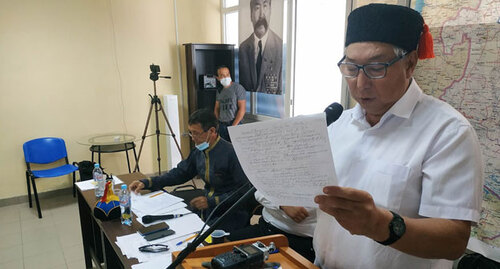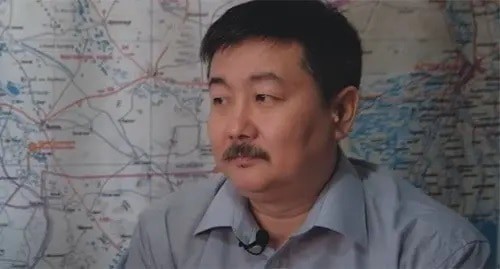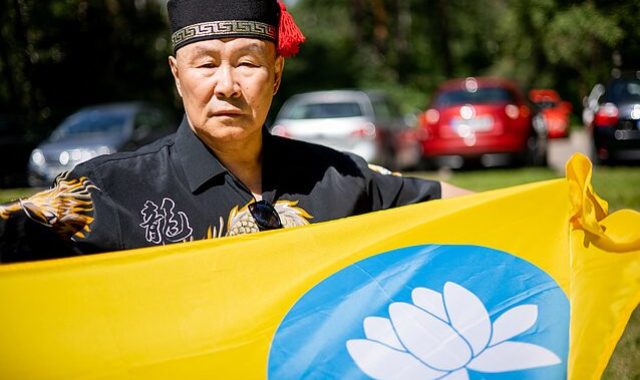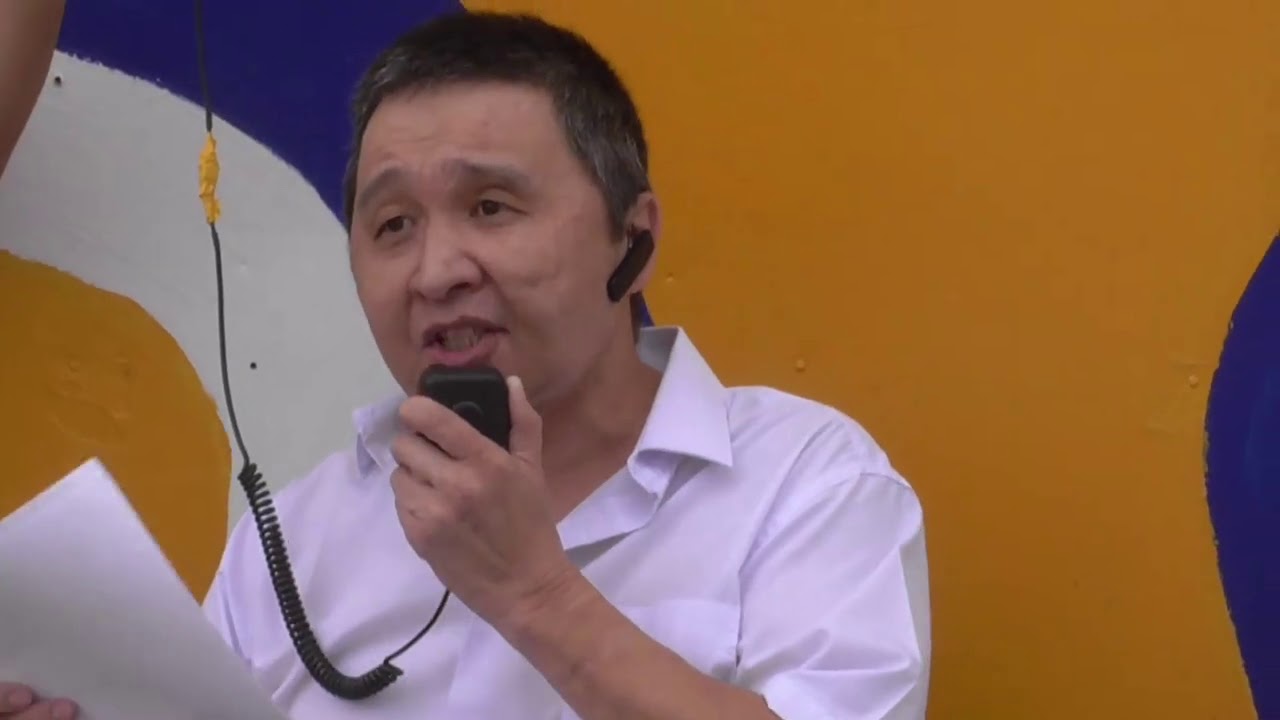The Kalmyks or Oirat-Kalmyks are Asians by origin, Mongoloid by race, Europeans by territory of residence.
Kalmyks, Oirats are better know under the name “Kalmyks”. They are Asians by origin, Mongoloid by race, Europeans by territory of residence, and Buddhists by religion. The Kalmyks or Oirat-Kalmyks are Asians by origin, Mongoloid by race, Europeans by territory of residence. They are a people classified by modern science as Mongolian-speaking peoples of the conventional Altai family of languages. As a result of centuries of ethnogenesis, the nation was formed from a large conglomerate of ancient tribes and peoples, some of whom have a history dating back to before Genghis Khan (12-13 centuries). Only those who are settled within the territory of modern Russia are commonly referred to as Kalmyks. The Oyrat-Kalmyks are part of the Oirat community, which is also commonly considered a group of Western Mongolian peoples, the Oirat Mongols. They are both part of the Mongolian and Buddhist world, part of Europe, Asia, and Russia. Oyrat-Kalmyks are the titular people of the Republic of Kalmykia, comprising approximately 70% of its population.
There are about 200 thousand Oyrat-Kalmyks living in Russia today. Most Oyrat-Kalmyks currently live on the territory of the Republic of Kalmykia, which is part of the Russian Federation. However, small groups have traditionally lived in other subjects of Russia, such as the Astrakhan and Volgograd Regions, and they continue to do so. In recent decades, there has been migration, including labor migration, which has led to notable Oirat-Kalmyk communities in Moscow, Moscow Region, St. Petersburg, the Far North, and Siberia. The total number of people living in Russia is about 200 000 people. Significant Oirat-Kalmyk communities also exist outside of Russia.
In the People's Republic of China, there are around 300,000 Oirat-Kalmyks living in Xinjiang, Inner Mongolia, and Qinghai. In Mongolia, there are approximately 300,000 Oirats. In Europe, the USA, and Canada, up to 10,000 Kalmyks - representatives of three waves of resettlement, including times of the Civil War, the 2nd World War, and the last 30 years since the fall of the USSR - reside. In Kyrgyzstan, there are from 3 to 4 thousand Oyrat (‘Kalmaks’ in Kyrgyz). Overall, the total number of Oirat-Kalmyks worldwide is estimated to be around one million people.
The self-designation of the Oirat-Kalmyk people is expressed in Cyrillic as өөrd, oyrad, oyrats, khalmg, khalmgud (өөрд, ойрад, ойраты, хальмг, хальмгуд). However, the term "Kalmyks'' is an exonym that was originally borrowed from Turkic-speaking peoples and later adopted as a self-designation due to imperial policy and external pressures. The Oirat-Kalmyk ancestors, who were composed of various tribes, were collectively referred to as such by Turkic peoples for many centuries. The Russians subsequently adopted this term during the Muscovy and Russian Empire eras. After losing their state and independence in 1771, the Oirat-Kalmyks eventually adopted the exonym “Kalmyks” as their self-designation in the 19th and 20th centuries.
During the late 16th and early 17th centuries, several Oirat tribes migrated from Central Asia and the Altai region to the Northern Caspian and Lower Volga regions, establishing the Torgud (Russian: Kalmyk) Khanate. However, after Catherine the Great dissolved the khanate, the territory was annexed by the Russian Empire. For two centuries thereafter, the Oirat-Kalmyk territory steadily decreased as a result of the tsarist and Soviet colonial policy, with land being seized and redistributed to migrants from Central Russia and eastern regions of Ukraine. As a consequence, the Oirat-Kalmyk territory shrank from several hundred thousand square kilometers to 75 thousand square kilometers.
The traditional religion of the Oirat-Kalmyk people is Tibetan Gelug school Buddhism. Although religious freedom has been permitted since the collapse of the USSR, only a minority of the Oirat-Kalmyk population currently follows Buddhism (with estimates ranging from 20% to 30%).
A significant proportion of the Oirat-Kalmyk population are atheists or agnostics, while a small number profess various forms of Christianity, such as Orthodoxy and Protestantism.
The Oirat-Kalmyks, before the Bolshevik-communists came to power, had their own script called Todo Bichig, which had been in active use for almost 300 years. Todo Bichig was one of the few scripts used by people of the former Soviet Union. Unfortunately, much of the Todo Bichig literature was lost as a result of the repression of Buddhism and clergy after 1917. Due to a clever rollover, the use of Todo Bichig came under a tacit ban, and from 1924 there was a switch to Cyrillic, followed by a switch to Latin in 1930, and then back to Cyrillic in 1938-39. This was accompanied by the extermination of bearers of the Todo Bichig knowledge.
The Oirat-Kalmyks are bearers of statehood in the form of the Republic of Kalmykia, according to the declarative Constitution of the Russian Federation. However, there were at least four other Oirat-Kalmyk states in the history of the Oirat Kalmyks: the Oirat Khanate (14th-16th centuries), the Jungar Khanate, the Torgud Khanate, and the Khosheut Khanate (17th-18th centuries).
For thousands of years, the Oirat-Kalmyks have traditionally been engaged in pastoralism, apart from constant warfare. They have bred and preserved four Oirat breeds of cattle - cattle, horses, sheep, and camels. Their ancestors also once had goats. In the 18th century, in the remote Orenburg steppes, the Oirat-Kalmyks learned to knit shawls and other items of goat down. Since then, Orenburg down scarves have become well-known in Russia and other countries. The aboriginal Kalmyk cattle breeds were used in the breeding of many other more modern cattle breeds such as the Don and Budyonnovsk Aya horse breeds, Edilbayevskaya sheep breed, and the Kazakh white-headed cattle breed.
The Oirat Kalmyks have experienced significant repression and human rights violations throughout their history, particularly during the Soviet era. They were victims of genocide and war crimes committed by the Stalinist regime. The Soviet government subjected them to repression twice: from 1918 to 1941, and again from 1943 to 1957. Despite being considered indigenous peoples and minorities under international and Russian law, the Oirat Kalmyks have suffered from ongoing violations of their rights and interests. These violations have been both cultural and linguistic in nature.
Currently, they continue to face significant challenges in the protection and realization of their rights.
Informational resources: Free Kalmykia






